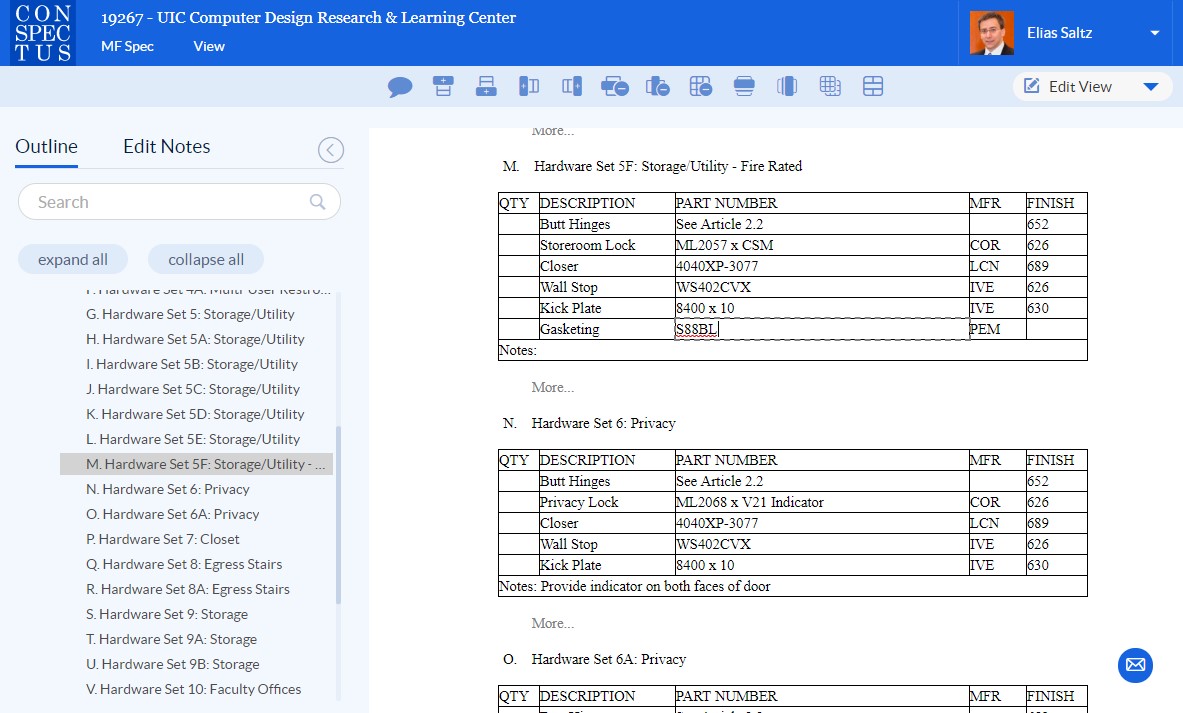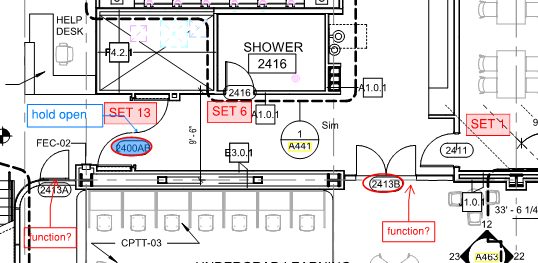Over the years there has been a lot of talk and writing, including by me, about fixing the things wrong with the construction industry. Budget and schedule busts, bad workmanship, and designs that don’t respond to owner requirements are some common ailments. We've tried a lot of things, from design-build to integrated project delivery, to Lean - all attempts to achieve better results for project owners. The results are very mixed.
A common theme that most people can agree on is that communication is key; when parties to a construction project understand and trust one another and share information openly, those projects are more likely to end successfully. So what happens when some of the ways we communicate are suddenly not available?
As of this writing, the entire world is in the throes of the COVID-19 pandemic. All over the United States, people are sheltering in their homes. Some facility design and construction projects are progressing and even though they have scattered their employees, firms are working to complete those projects. Suddenly, all those firms need to find new ways to complete the same work, while not exacerbating existing issues, and still communicate effectively.
We can no longer sit across a table from one another and page through a set of drawings. We cannot gather in huddle spaces to exchange ideas. We cannot meet for a meal or drinks or golf after work to build relationships. Instead, we must utilize other tools, ones that still permit us to establish trust and practice transparently, while communicating exclusively over the Internet.
The industry's first rush was to transition all meetings to online conference services like GoToMeeting and Zoom. Most people are familiar with these services as replacements for in-person meetings and know of their benefits. Early in the shelter-in-place, most remote meeting attendees would utilize their webcams. Unfortunately, there's a weakness to webcams - if you're looking on your screen at the face of the person you're talking to, you're not looking at your camera. If folks are looking somewhere other than the camera, they seem distant and disconnected. Because of that, more meetings have fewer people using cameras (perhaps it has something to do with the fact we are all a month overdue for haircuts) and instead use the computer as a telephone. Screen sharing is a helpful feature, but only the person actually sharing a screen can decide what to display and only that person can create markups.
The perfect telework communication tool would permit but not require people to be verbally communicating while allowing them to view, comment, and directly edit project documentation. Some available tools come close: Bluebeam Studio permits any number of participants to simultaneously view and mark up PDF files. Using Bluebeam while simultaneously online conferencing is a potent combination, as participants can discuss the project and redline at the same time. Bluebeam Studio only allows markup, not document editing - a weakness in the system.
For owners' project requirements, design management information, and specifications, Conspectus Cloud goes one step further than Bluebeam Studio. It provides a highly collaborative and fully transparent platform to manage and track specifications. The entire team has access, with multiple simultaneous editors, commenters and viewers, each working from their computers to write and review documents. Combine that with Bluebeam and online conferencing to discuss and record all critical aspects of a project at once - design decisions are marked on the drawings and recorded immediately in the specs.
I recently had an opportunity to use these tools exactly for this purpose: I was writing door hardware sets in Conspectus Cloud:

Marking the set numbers and other comments on floor plans in Bluebeam:

And talking to the client over Zoom. All at the same time. Every relevant piece of information instantly and correctly recorded, with everyone seeing it in real-time and everyone agreeing to the decisions made and to the questions that remain to be answered.
At some time in the near future we’ll be able to return to a status quo ante when it comes to our working arrangements. There are important lessons we can learn now, from our current situation, that help us to work smarter and more transparently. Let's remember Conspectus Cloud and Bluebeam Studio as tools that made our project communications more open, honest, and transparent during the pandemic, and adopt them for the long term.
